This article features affiliate links, meaning we’ll earn a small commission if you purchase through these links. Please read our Privacy Policy for more details.
Most Important Traditional Craftsmen in the Romanian Villages: Leather Artisans (Skinners)
Leather artisans’ work involved many processes of great complexity. To start with, the leather craftsman would tan the pelts and hides, an extremely tough process, especially when having to deal with a great number of raw hides. A week after, the tanned leather was ready to be tailored into traditional leather coats and waistcoats.


This type of clothing wasn’t optional, or a fad. It was the only type of winter wear they had access to. They didn’t have clothes to wear, or blankets to cover their bed with, unless they were raising sheep.
In addition to their physical purpose of covering the body, these coats began to perform social functions, such as indicating the social status.
Affiliate links Buy Natural Tanned Leather Pelts
The coats worn at village celebrations or events were more ornamented. The astrakhan or polecat fur lining was considered luxurious. The polecat fur lining vests are specific to Pojorâta and other villages nearby Vatra Dornei, but also a source of inspiration for other villages too. This is a vest from Iaslovăț village, but the polecat outline fur is not specific to Iaslovăț.

To show his wealth, a peasant had to have such coats to wear at celebrations. A peasant was wealthy if he had lands and animals. Otherwise, he had to have an occupation. That’s how people came up with the saying “meseria e brațară de aur” (ie a handful of trade is a handful of gold).
One of the Oldest Romanian Traditional Craftsmen, Levițchi Petru, Restoring a Folk Vest Video
Affiliate links Leather Craft Supplies Strips Shapes Scraps
This winter, my husband had a vest restored by Romanian artisan Levițchi Petru from Milișăuți town, in the region of Bucovina. The vest was in an awful condition. An aunt took care of everything, so we didn’t have the chance to see him, until 3 months ago, when we went to meet him in person.
He was home, eating lunch with his wife. I can’t describe their happiness at our arrival, they even reassured us that we didn’t disturb them. A peasant is the happiest when he has the chance to show and speak about his occupation, which he loves so much!
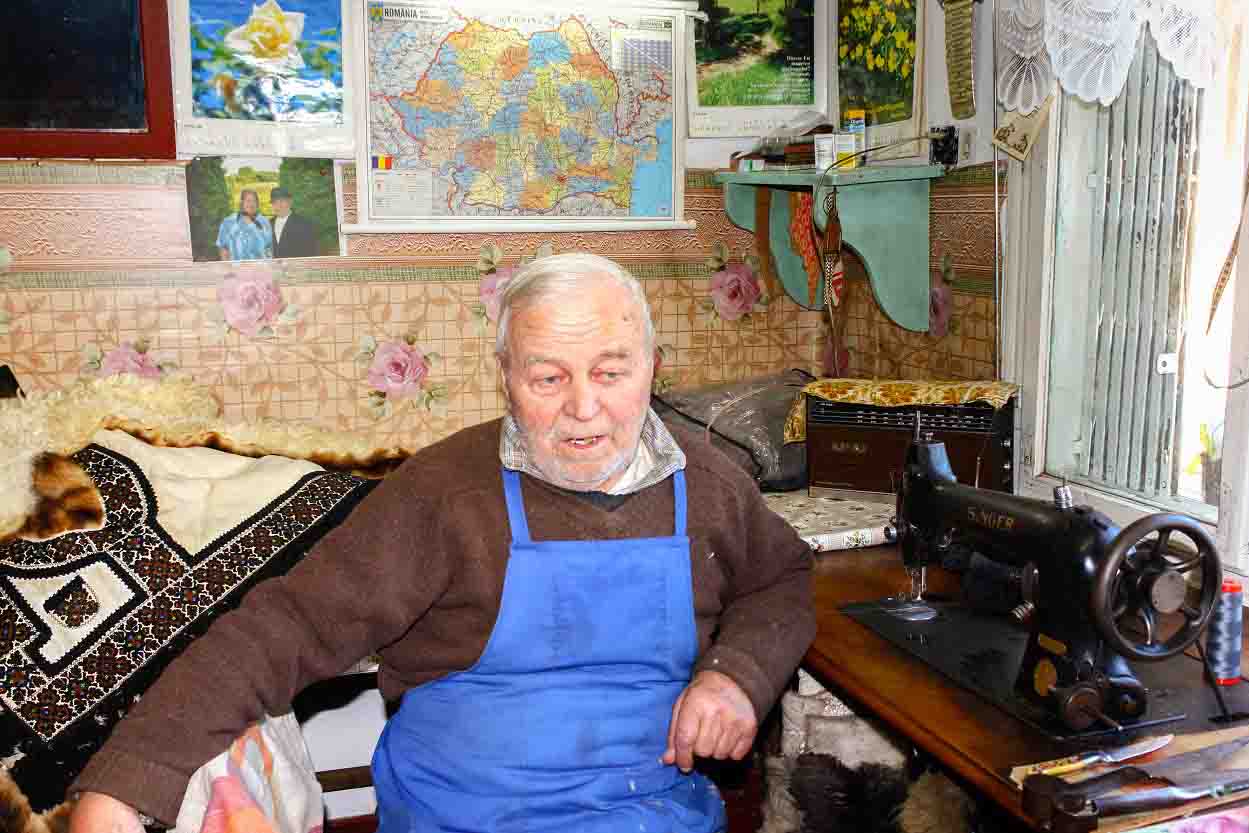
“I’ve spent a trouble-free life”, he told us as he sat at his old sewing machine.
“Never drank, never smoked. I was just a poor 18 years old boy, looking for an occupation. I learned it from a brother in law, a former prisoner of war camp. He took me on as his apprentice for two years. Now at the age of 82, I can still sew without wearing any glasses, and my old sewing machine is still quiet. “

He always had the support and help of his wife. They got married in 1955 and ran the family occupation together.
“Every year”, he continues, “on September 15, our house was full of people coming in to be measured. I used to make astrakhan hats, hides, vests and coats”.
Today, people come to restore the old and used vests.
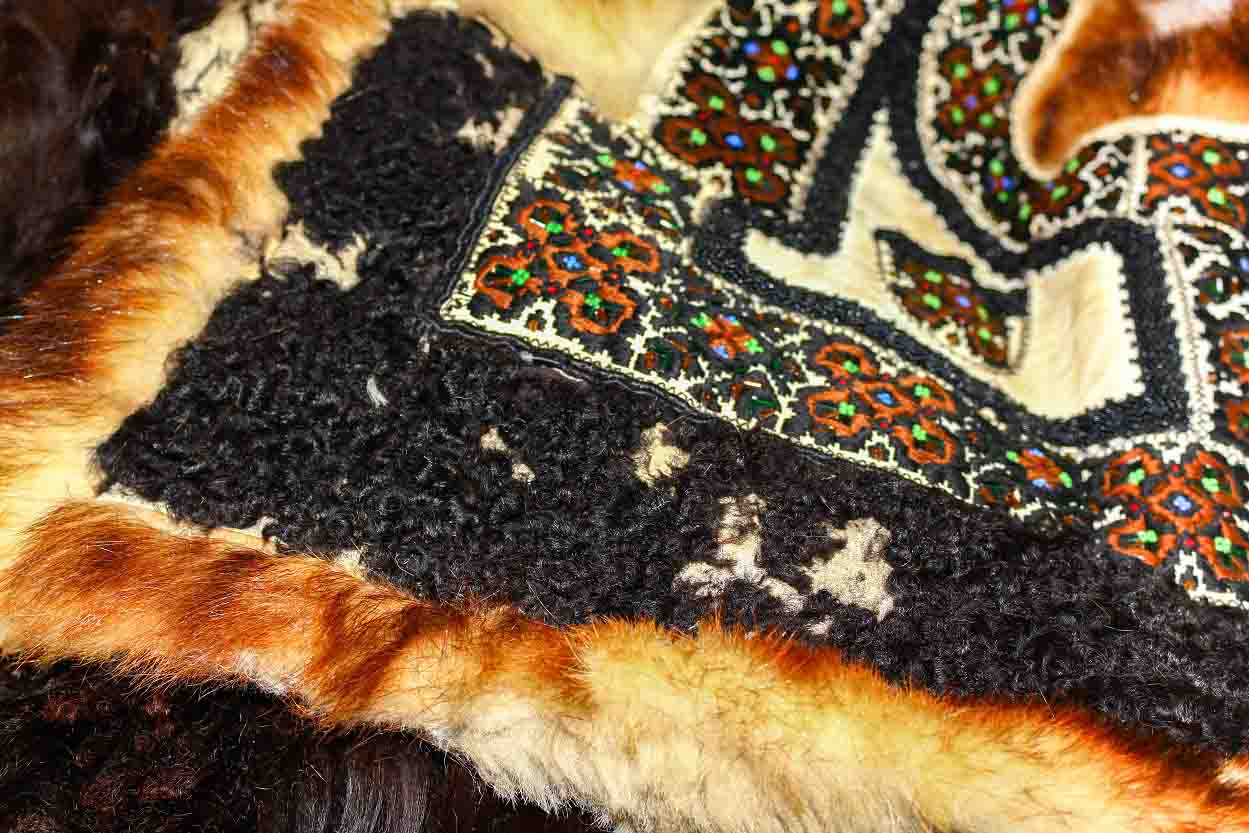
They now prefer the fur lining trimmed and replaced with a material. If the outline astrakhan fur is damaged, then it is replaced with a new one.
Leather Artisans’ Traditional Methods of Tanning Leather
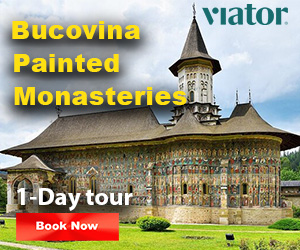
50 raw pelts were put into a blade tank full of water for 24 hours.
After 24 hours, they were taken out, washed, put back in and treated with sulfuric acid.
With the used of the blades, he was spinning the skins inside for a week, for the acid could burn them.
After one week, they were washed, taken out and left to dry.
The fats were removed inside an electrospinning machine, which was powered by an engine.

They were put back in a tank for two more days, and treated with chrome twice a day.
At last, they were taken out, polished and painted.
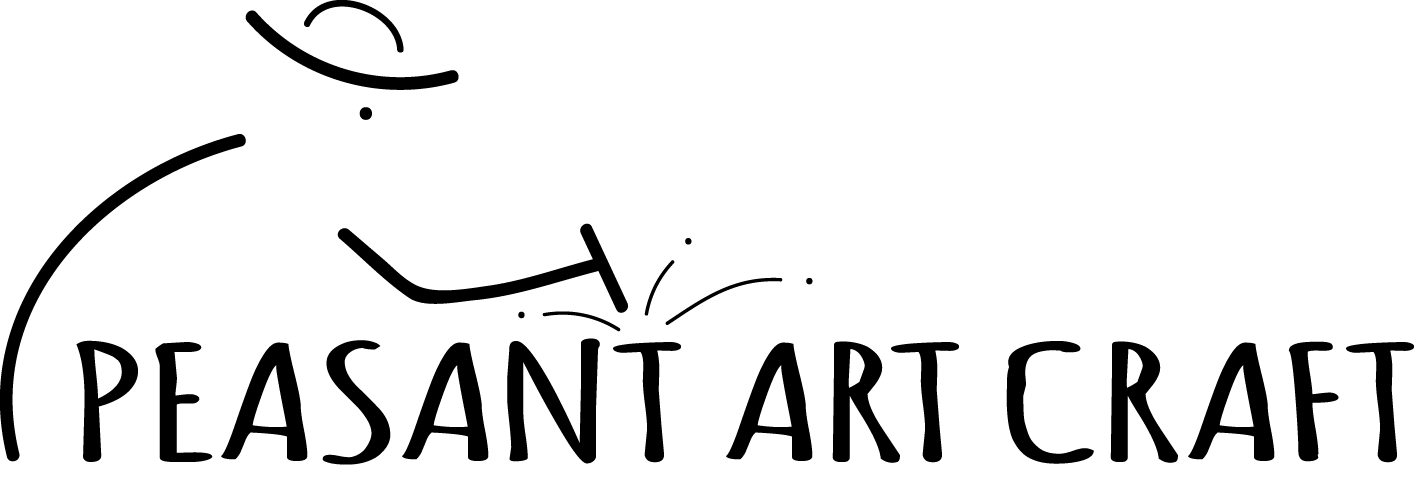
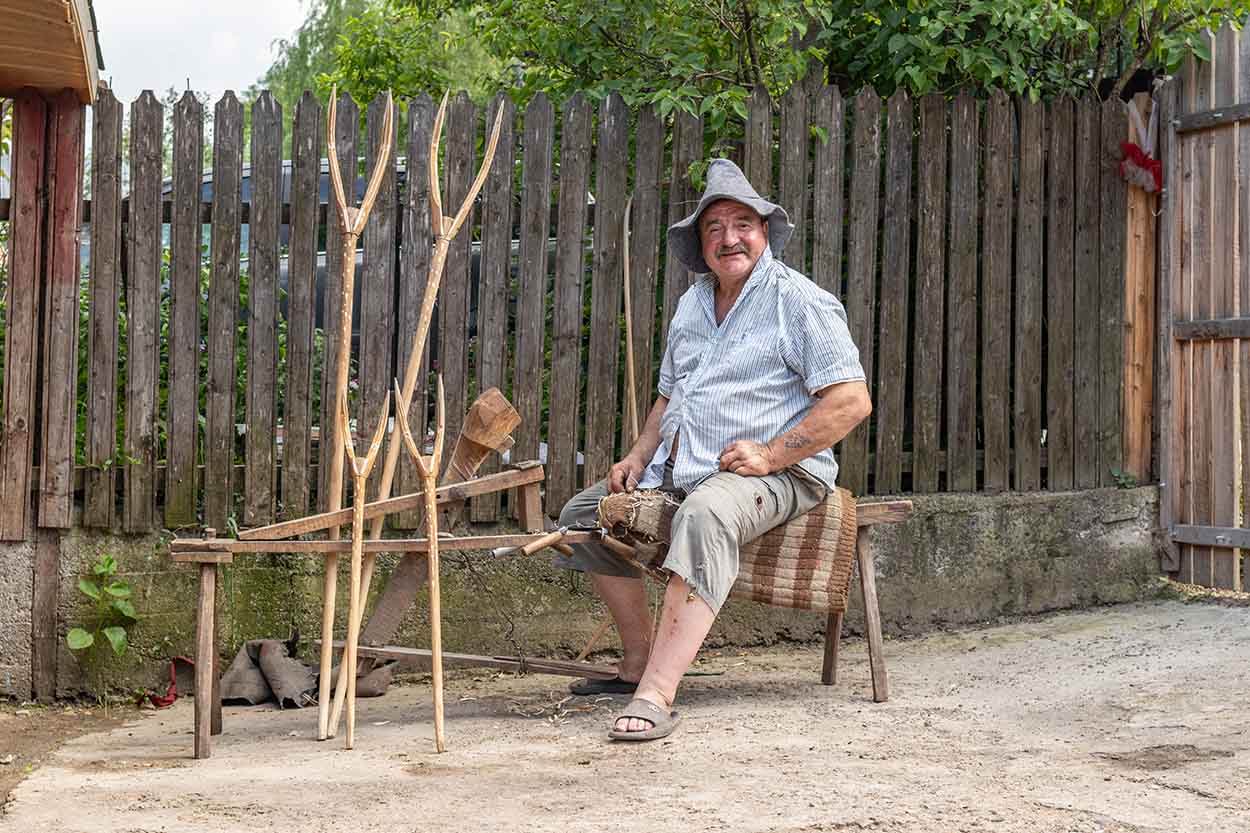

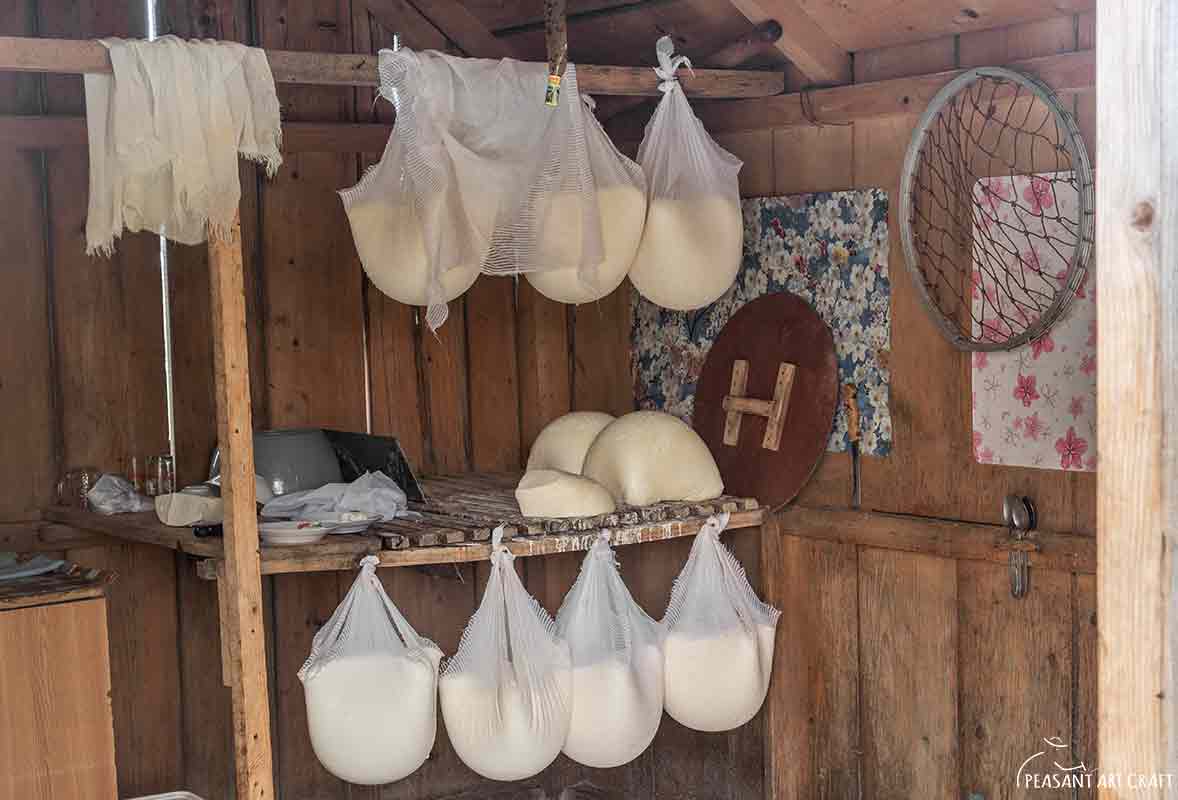




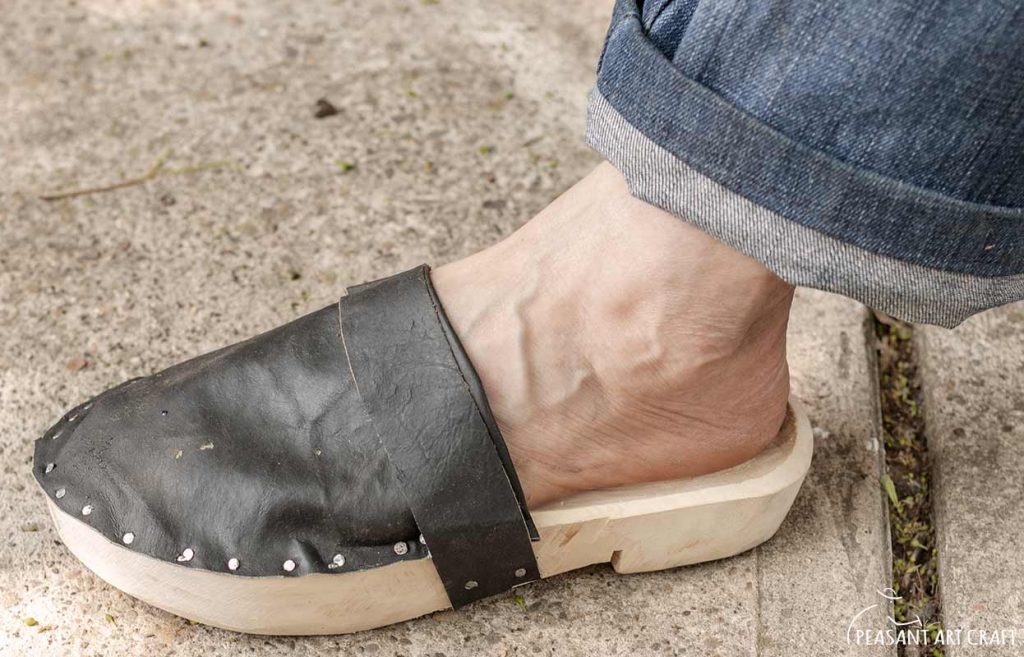
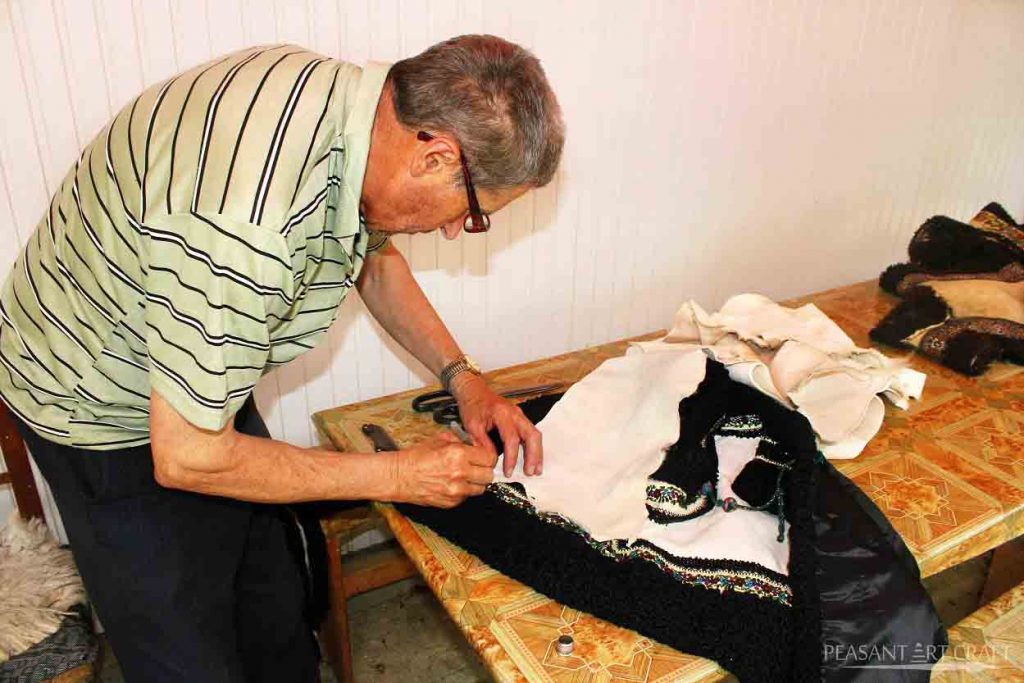


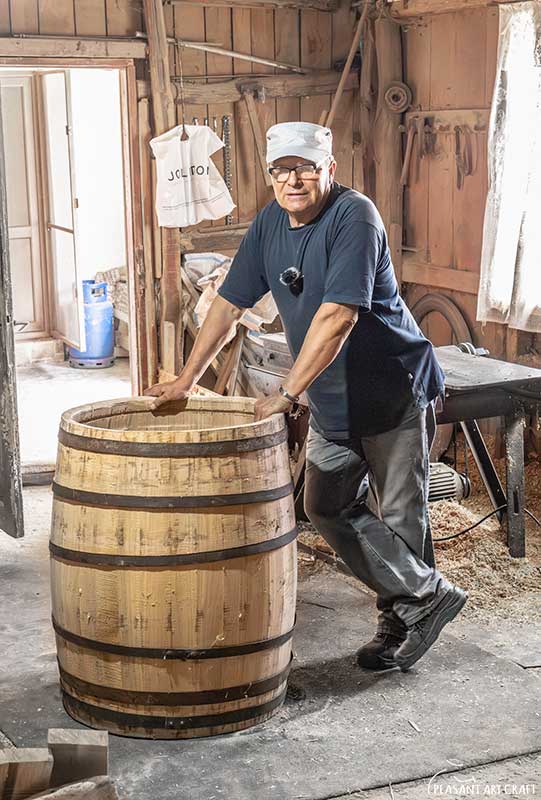


Leave a Comment